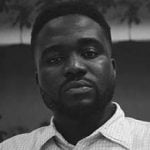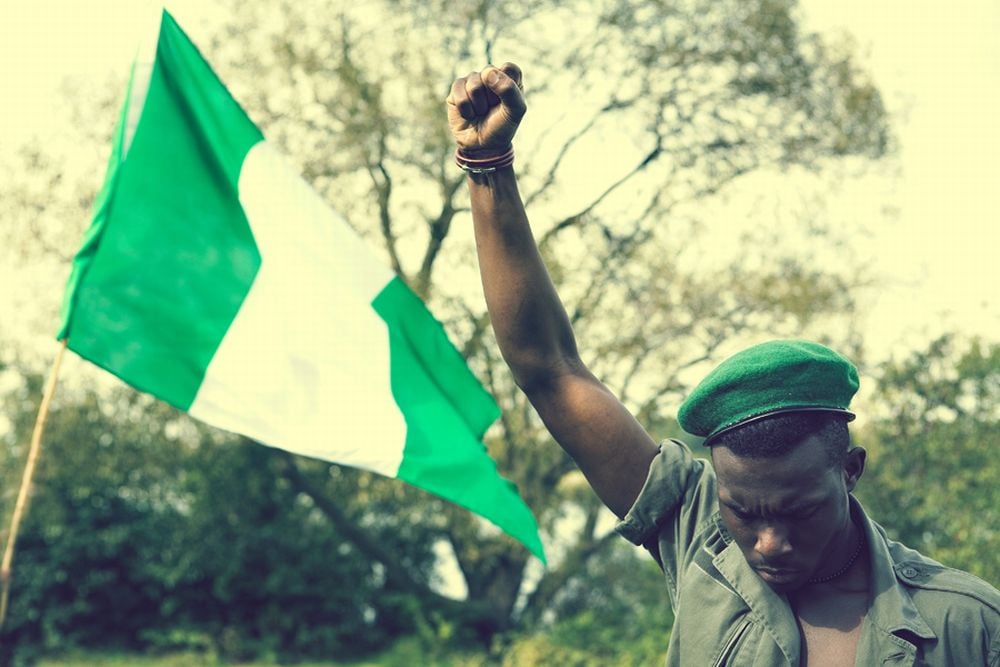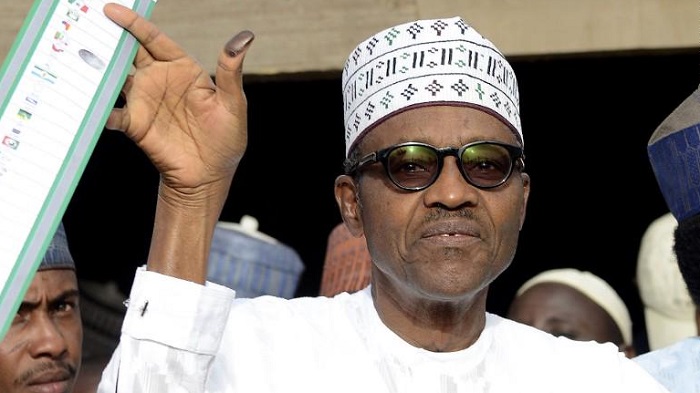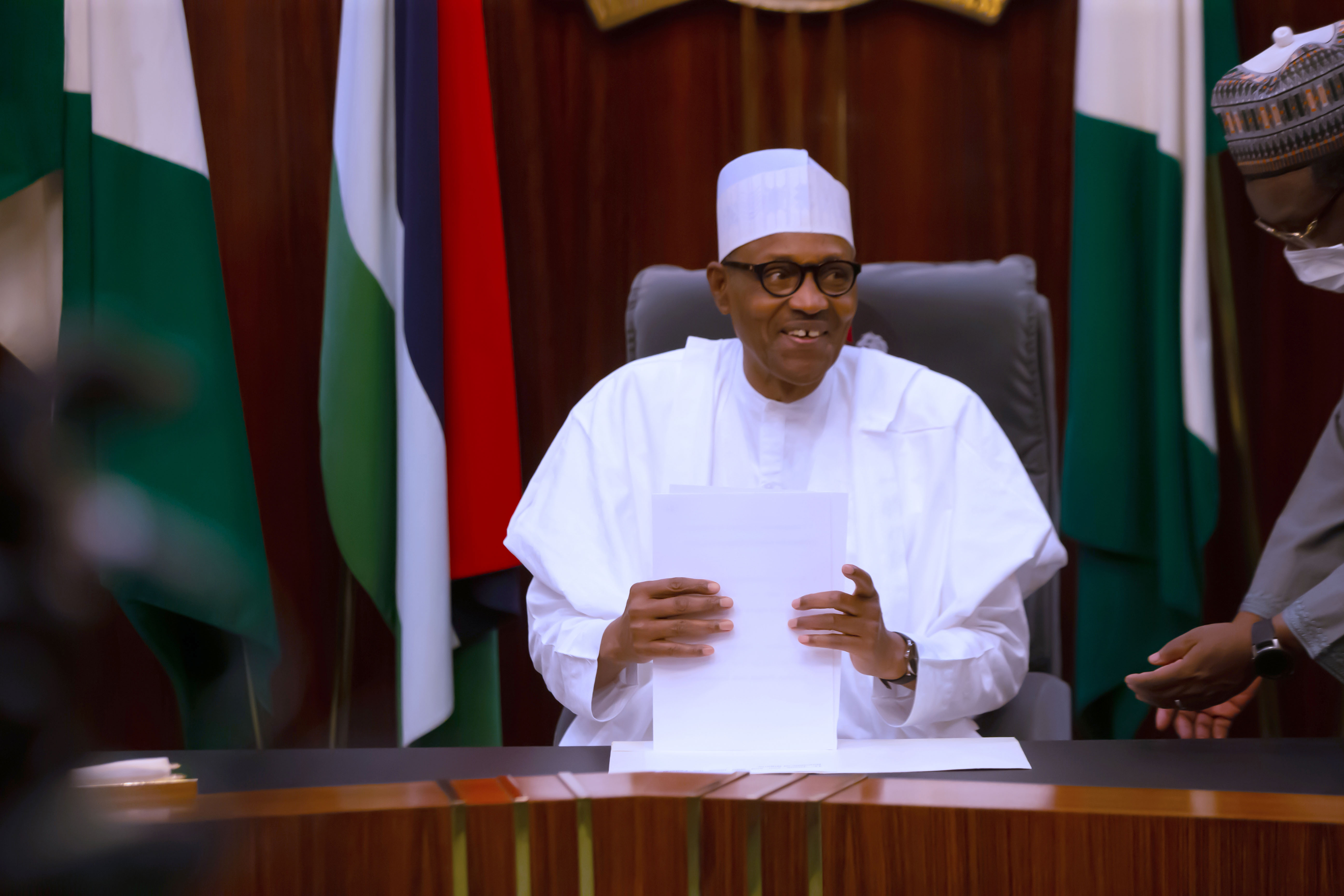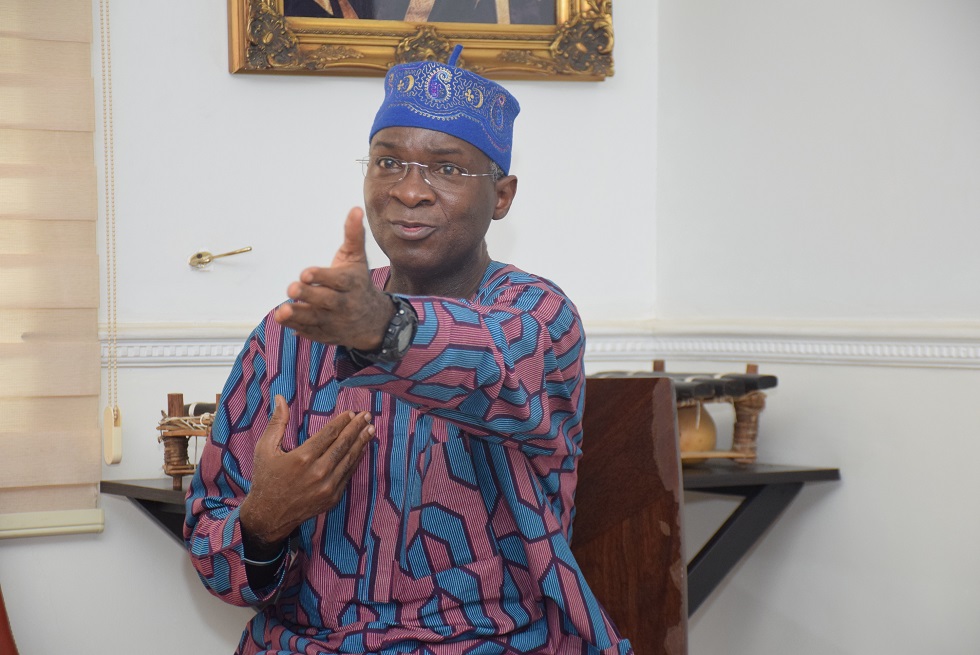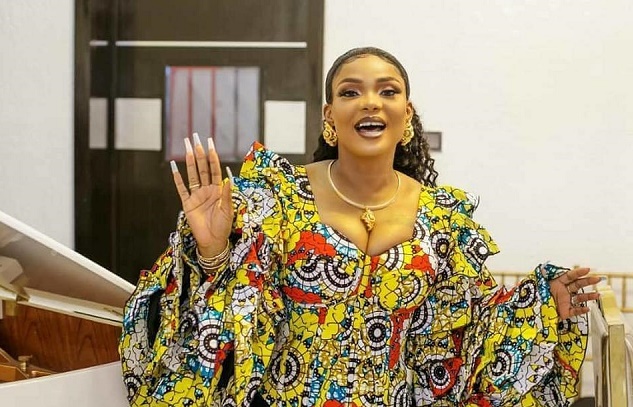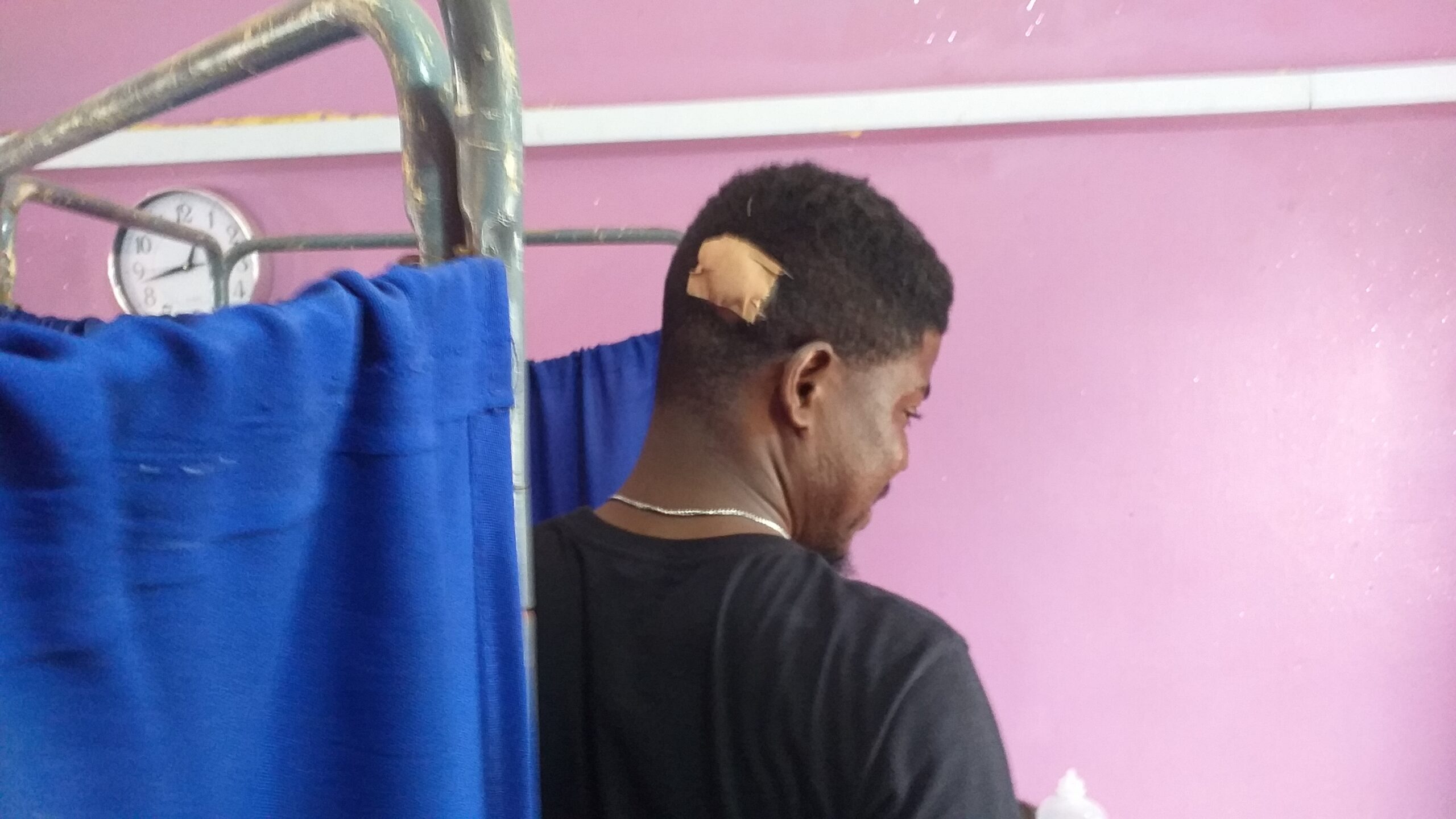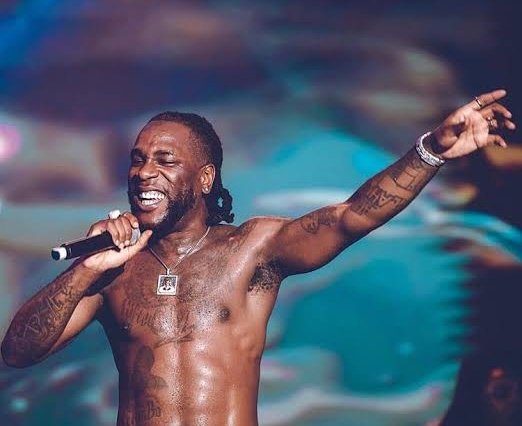It’s been six decades since Nigeria took charge of its sovereignty after years of colonial rule by the British. The country, in the words of Abubakar Tafawa Balewa, had, with 15 years of planning, waited “with increasing impatience”, seeing neighbouring states like Ghana, Cameroon, Benin, and Togo become independent on March 6, 1957, January 1, 1960, August 1, 1960, and April 27, 1960 respectively.
October 1, 1960 came and Nigeria was indeed declared an independent state. In his independence speech, Balewa, the country’s prime minister, to whom the baton of leadership was handed, expressed a feeling which gave assurances that Nigeria stood upon firm foundations. The country became a republic in 1963, following the adoption of a new constitution.
We take a look at some of the events that have shaped the existence of the country in the last 60 years.
NINE COUPS AND 21 YEARS OF UNINTERRUPTED DEMOCRACY
Advertisement
As with some other African countries, the post-independence experience saw Nigeria struggle with its democracy until 1999 when democratic process appeared to have assumed stability.
Six years into the statehood, Nigeria witnessed its first coup — a bloody event in which about 20 prominent leaders, including Tafawa Balewa, were killed. The January 15, 1966 coup, led by Kaduna Nzeogwu, a major, failed. Johnson Aguiyi-Ironsi, the most senior in the army, became the first military head of state thereafter.
In a counter-coup, six months later, Ironsi was ousted and the government taken over by Yakubu Gowon. The military ran for almost a decade until 1975 when another coup threw Gowon out of the system, and this time brought in Murtala Muhammed.
Advertisement
In 1976, the coup, although foiled, took Muhammed’s life, and Olusegun Obasanjo replaced him. Obasanjo would in 1979 transfer power to civilians, and this saw Shehu Shagari become the first democratically elected president of Nigeria. This set the path for the second republic.
Again, the military returned in December 1983 and seized power, bringing in Muhammadu Buhari as the head of state. Ibrahim Babangida, in another coup in August 1985, took over from Buhari.
Both Mamman Jiya Vasta and Gideon Orkar-led failed coups against Babangida in 1985 and 1990, respectively. In 1993, Sani Abacha led the last known coup in Nigeria, and took over power from an interim government that was barely three months old.
Upon Abacha’s death, Nigeria returned returned to democracy in May 1999, and in the last 21 years, it has been from one democratically elected president to the other.
Advertisement
THE COUPS AND ATTEMPTED COUPS
- January 16, 1966: led by Kaduna Nzeogwu (failed)
- July 28-30, 1966: Yakubu Gowon became head of state
- July 30, 1975: Murtala Muhammed became head of state
- February 13, 1976: announced by Buka Suka Dimka (failed)
- December 31, 1983: Muhammadu Buhari became head of state
- August 27, 1985: Ibrahim Babangida became military president
- Circa December 1985: led by Mamman Vatsa (failed)
- April 22, 1990: announced by Gideon Orkar (failed)
- November 17, 1993: Sani Abacha became head of state
RULED BY 15 PRESIDENTS/HEADS OF STATE
- Tafawa Balewa held the country’s affairs as the prime minister from 1960 to 1966 (Nnamdi Azikwe, on the side with Balewa, was ceremonial president from October 1, 1963 to January 16, 1966)
- Aguiyi-Ironsi was military head of state from January 16, 1966 to July 29, 1966.
- Gowon took over as military head of state on August 1, 1966 and was there till July 29, 1975.
- From July 29, 1975 to February 13, 1976, Muhammed held affairs as head of state.
- Obasanjo took over on February 13, 1979 and was head of state till October 1, 1979.
- Shagari was president from October 1, 1979 to December 31, 1983.
- Buhari took charge as military head of state from December 31, 1983 to August 27, 1985.
- Babangida was head of state from August 27, 1985 to August 27, 1993.
- In an interim government, Ernest Shonekan was head of government from August 26, 1993 to November 17, 1993.
- Abacha ruled from November 17, 1993 to June 8, 1998.
- Abdulsalami Abubakar was head of state from June 9, 1998 to May 29, 1999.
- At the return of democracy on May 29, 1999, Obasanjo was elected president and governed till May 29, 2007.
- Umaru MusaYar’Adua took over on May 29, 2007 and was in power till May 5, 2010.
- Goodluck Jonathan was president from May 6, 2010 to May 29, 2015.
- Buhari became president on May 29, 2015 and he remains till date.
GOWON, OBASANJO… LONGEST REIGNING
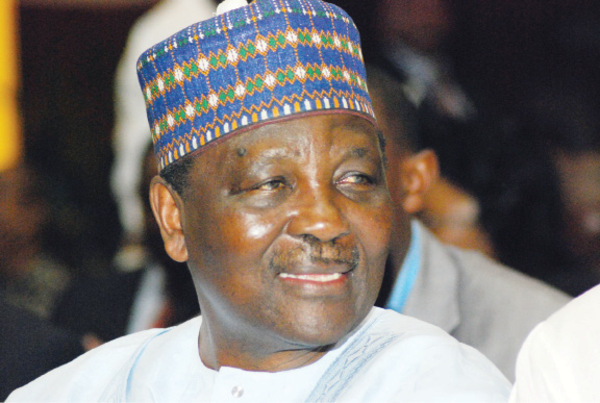
Gowon, who ruled as military head of state from 1966 to 1975, a period of nine years, had the longest reign at a go. It is unlike this will be surpassed under a democracy as the constitution only allows for a maximum of eight years.
If Jonathan had won the 2015 election, he would have broken the record because he first served out the remaining one year of Yar’Adua’s tenure before getting his own first term.
On the other hand, Obasanjo had the longest reign, cumulatively; he was military head of state from 1976 to 1979, and president from 1999 to 2007, making it 11 years altogether.
At the end of his second term in 2023, Buhari will also have cumulatively ruled Nigeria for nine years and eight months.
Advertisement
BUHARI, OBASANJO… RULED IN ‘KHAKI’ AND ‘AGBADA’
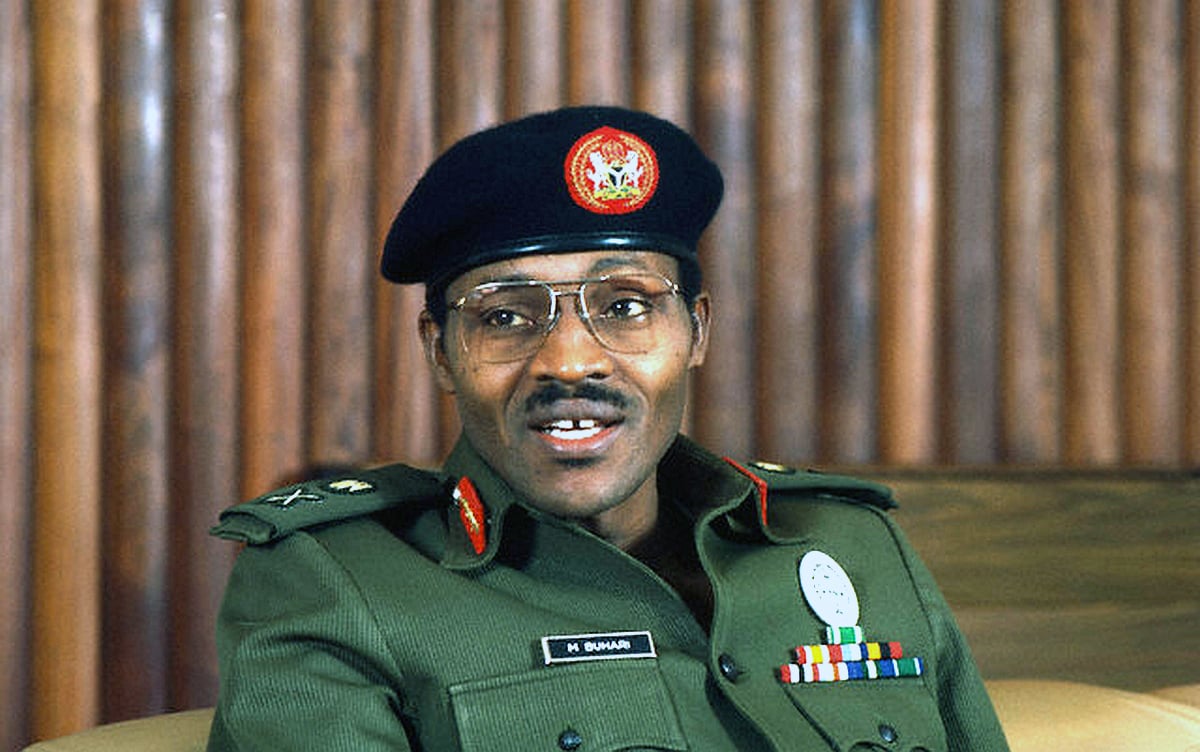
Buhari and Obasanjo are the two people who have ruled both as military heads of state and democratically elected presidents. While Obasanjo got it at first shot in 1999, the feat took Buhari four trials to eventually achieve in 2015.
Babangida also nursed the idea, but could not pull it through the primary election in 2011. Gowon’s attempt to return in 1992/93 was truncated at the primary level in his Zaria constituency.
Advertisement
OGUN, NIGER, KATSINA… STATES WITH TWO PRESIDENTS EACH
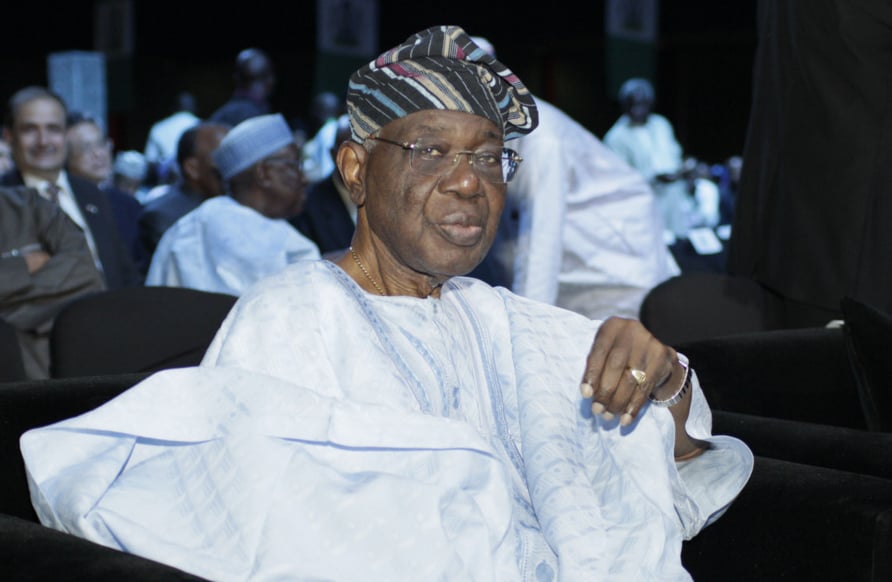
Ogun state, in the south-west geopolitical zone, has produced two rulers: Obasanjo and Shonekan. Katsina, in the north-west state, has produced two as well: Buhari and Yar’Adua. Niger, a north-central state, has also produced two: Babangida and Abdulsalami.
ABACHA, YAR’ADUA… DIED IN OFFICE
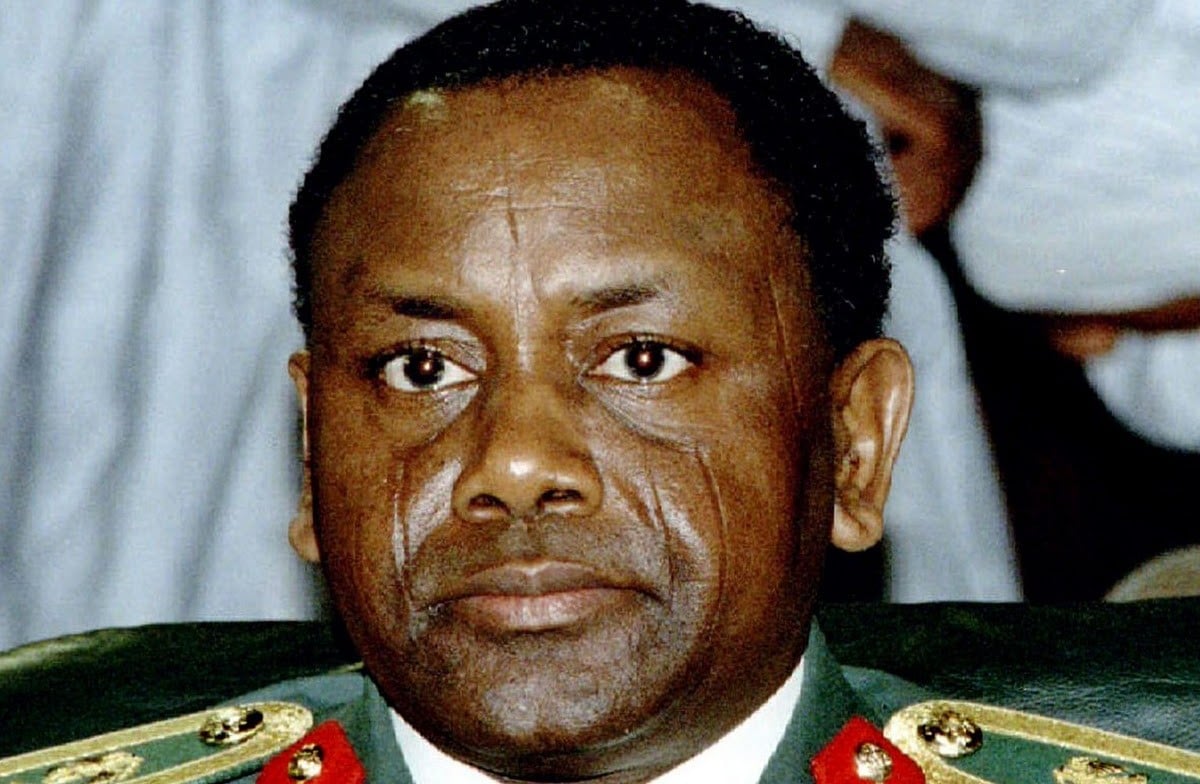
Abacha, who assumed office in 1993 as military head of state, died on June 8, 1998, reportedly of a heart attack. He had spent four years in office.
Advertisement
Yar’Adua, sworn in as president in 2007, died on May 5, 2010 — he had just spent three years in office. He was hospitalised in Germany and later Saudi Arabia.
Three others were killed in office: Tafawa Balewa, Aguiyi-Ironsi and Murtala Muhammed.
Advertisement
SIX ALIVE!
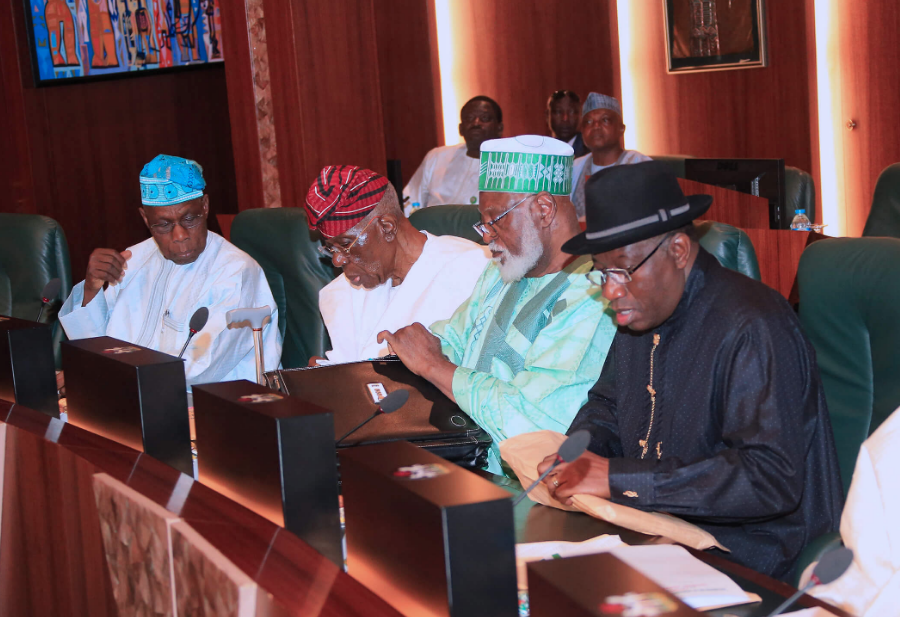
Six past rulers, 60 years after, are still alive to witness this year’s independence anniversary.
- Gowon, former military ruler, is 85.
- Obasanjo, who ruled both as military and civilian, is 83.
- Babangida, former military ruler, is 79.
- Shonekan, leader of Nigeria’s only interim government, is 84.
- Abubakar, also former military ruler, is 78.
- Jonathan, 62, is the youngest past ruler alive.
Leaders who have passed on are: Balewa, Azikwe, Aguiyi-Ironsi, Mohammed, Shagari, Abacha and Yar’Adua.
